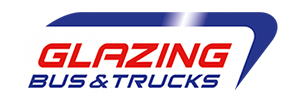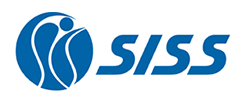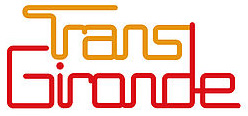The Emergency exit breaker
The world's only electromechanical device for the controlled breaking of coach windows.
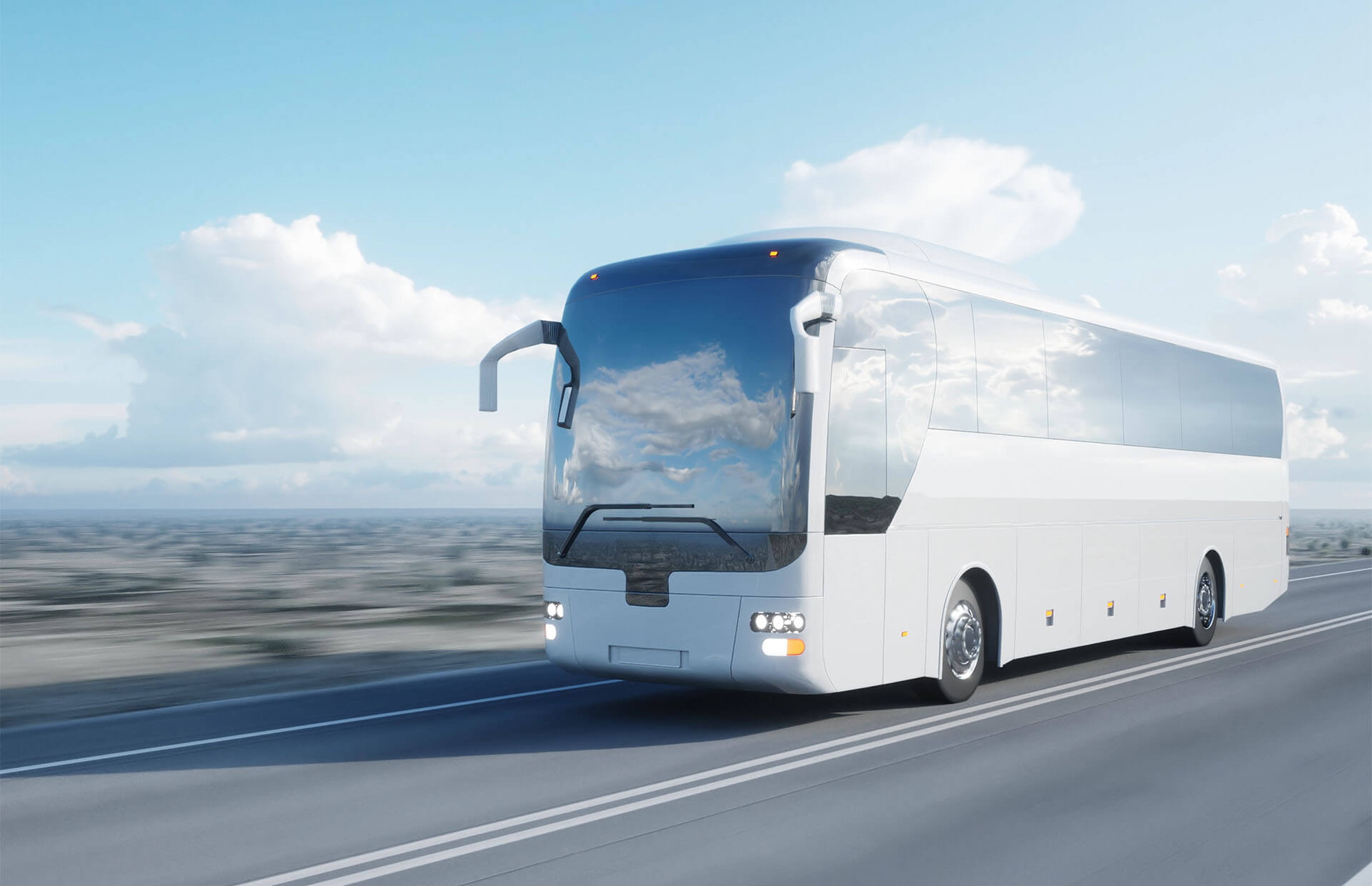
Securing Transport
In the Puisseguin tragedy that took place in October 2015, 43 people lost their lives on board the coach, which burst into flames following a collision. No manual emergency hammer was used to evacuate the vehicle.
The electronic emergency hammer developed by Aguila Technologies meets a major challenge in terms of passenger transport safety. It makes it easier to evacuate smoke and people, particularly vulnerable persons (the elderly, children, etc.).
This technological breakthrough meets the expectations of institutions such as the Ministry of Transport, La Sécurité Routière (the French authority in charge of road safety) and UNECE, with the development of the new R107. This innovation is part of an overall plan to improve crisis management in the event of an accident or distress situation.
This innovation is a response to changes in the 10 Series of Amendments to UN regulation R107 and has already won an award from the French authority in charge of road safety.
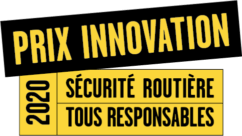
How it works
The Electronic Emergency Hammer is positioned directly on all emergency exits. Connected to a central remote control system located in the driver's cab, it can be used in two scenarios:
- A passenger can activate the Electronic Emergency Hammer at the emergency exit. This activation mode is electronically controlled by the driver and only breaks the window of the hammer concerned.
- Centrally, at the driver's initiative. A secure button in the driver's seat simultaneously activates all the vehicle's electronic emergency hammers.
The central control system also ensures compliance with current regulations, such as the ban on opening emergency exits if the vehicle is going faster than 3 km/h.
To date, it is the only electromechanical device in the world capable of breaking coach windows in a controlled manner.

Interface de commande à distance par le conducteur
Electronic Control Unit (ECU)
- Sans fil
- Alertes visuelles & auditives
- Sans fil
- Alertes visuelles & auditives
- Sans fil
- Alertes visuelles & auditives
- Sans fil
- Alertes visuelles & auditives
- Sans fil
- Alertes visuelles & auditives
* Mouse over points to learn more
Regulations relating to new window breaking systems for buses and coaches

The 10 series of amendments to UN Regulation No. 107, which was ratified at the end of 2022, considerably strengthens the requirements applicable to mandatory equipment for evacuating public passenger transport vehicles in the event of incidents or accidents.
This new series of amendments applies to all vehicles in international categories M2 or M3 (TCP type in France).
Our BREAKEE system meets these new requirements applicable from:
- 1 September 2024, for all new vehicle types
- 1 September 2026, for all new vehicles
These new regulations provide further details on the new window breaker system for emergency exits that fits vehicles:
- The device must be easy to use and must ensure that each window can be broken and removed in 20 seconds by a single person from inside the passenger compartment.
- The device must be clearly visible to any passenger in close proximity.
- The device must be easily accessible at all times. If it is electronic, it must remain functional in the event of failure of the vehicle's electrical supply, and its operational status must be easy to check from the driver's seat. The device must be designed to prevent misuse. At least one of the following mitigating measures, at the choice of the manufacturer, shall be available :
a) The device is permanently fixed to or next to each emergency window.
b) The device triggers a warning signal audible or visible from the driver's seat when it is temporarily removed from its designated position. - The device must be fitted with a protective cover or designed in such a way as to prevent misuse, and an additional action to unlock it before use must be necessary to perform.
The requirements for the new window-breaking systems apply to single-deck, double-deck, M2 or M3 rigid or articulated vehicles, and more specifically to vehicles with a capacity of more than 22 passengers in addition to the driver - "Class III". Class III vehicles are built exclusively for the transport of seated passengers, more commonly known as "coaches".
Application
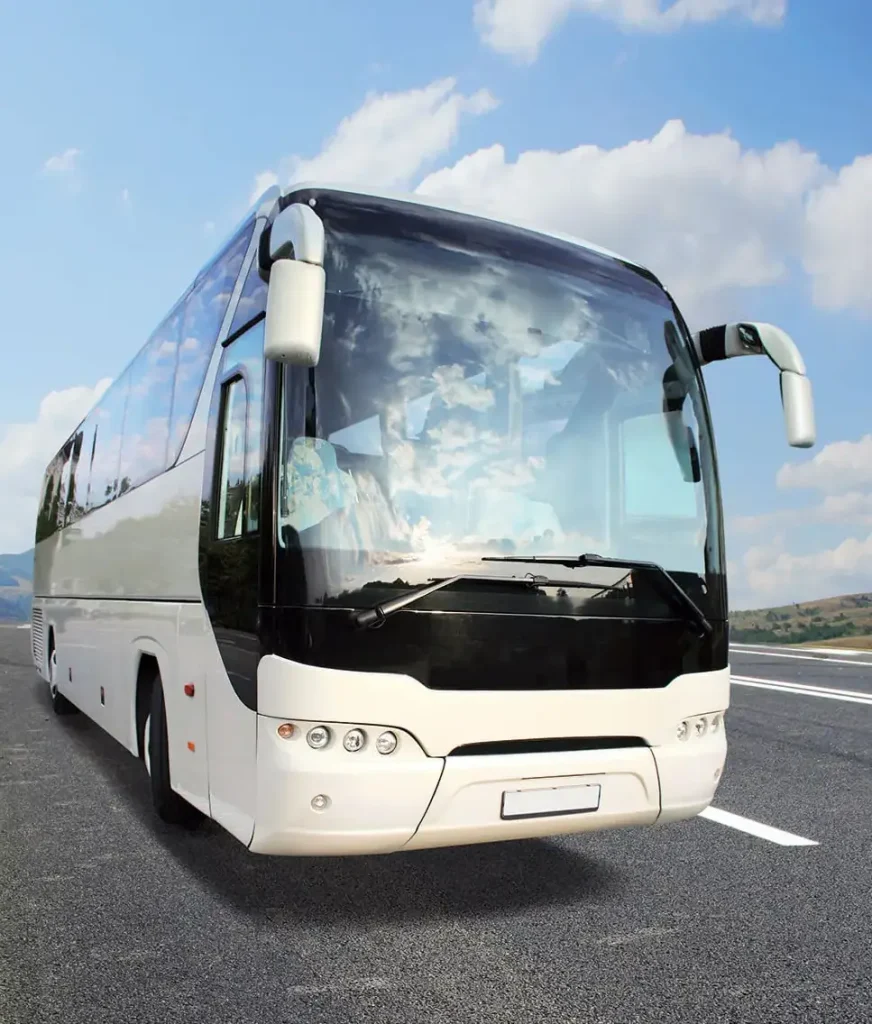
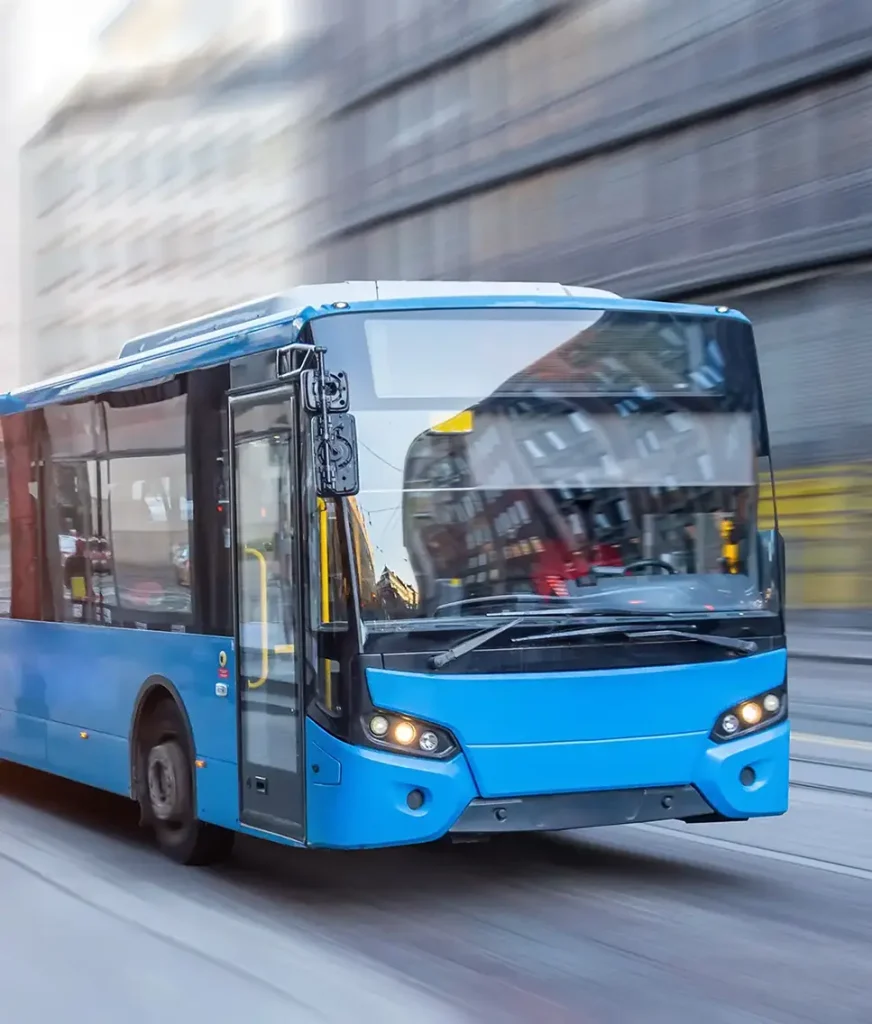
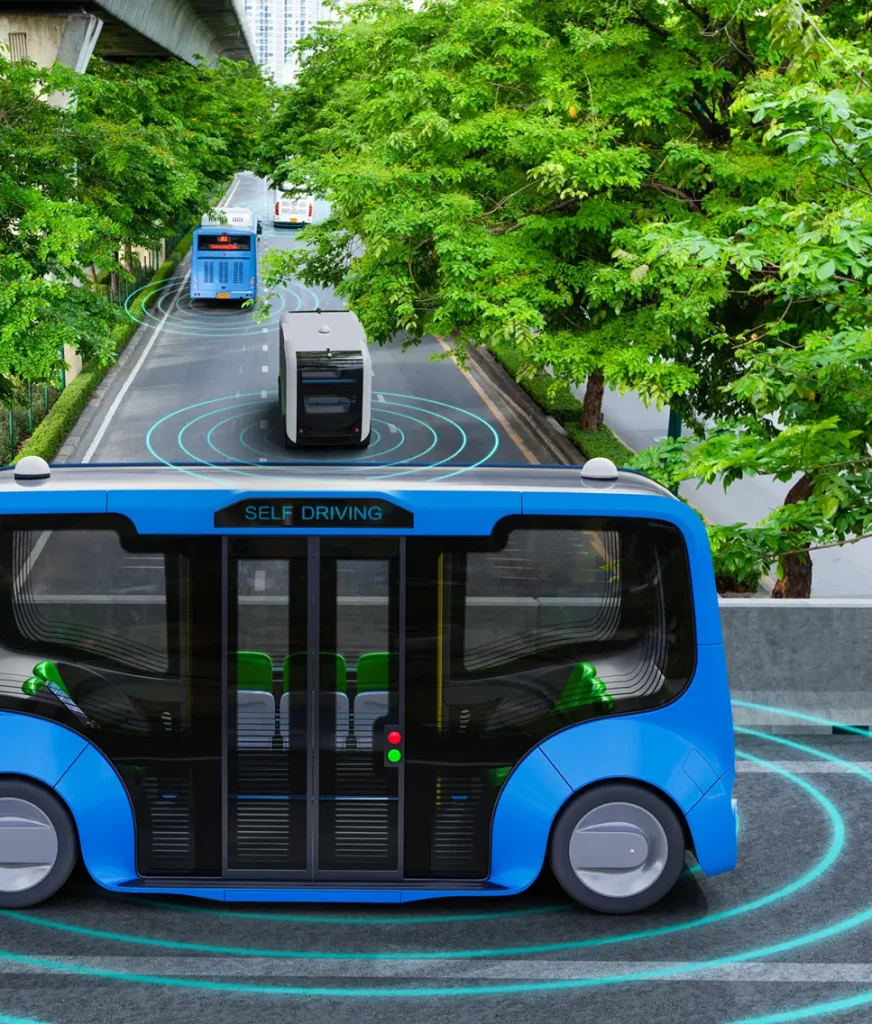
Some references
Made in France !
Innovating in coach safety is a prime example of our commitment to protecting passengers.
Thanks to a massive investment in research and development, AGUILA creates innovative solutions, patented and produced in France, which considerably improve passenger safety.
Passenger safety on board coaches benefits from breakthroughs in electronic surveillance and IoT. Our engineers work with research centres (University of Bordeaux, Estia) and manufacturers (ATOS, THALES, VINCI) to innovate and offer new safety systems.
This is the approach behind BREAKEE, the Electronic Emergency Hammer.
We invest in patented French innovation for safety on board coaches - innovations that we produce in France. As a result, we have created a safer environment for passengers and drivers alike. These technological and methodological advances not only save lives but have also strengthened France's and Europe's reputation as leaders in the road safety industry.


